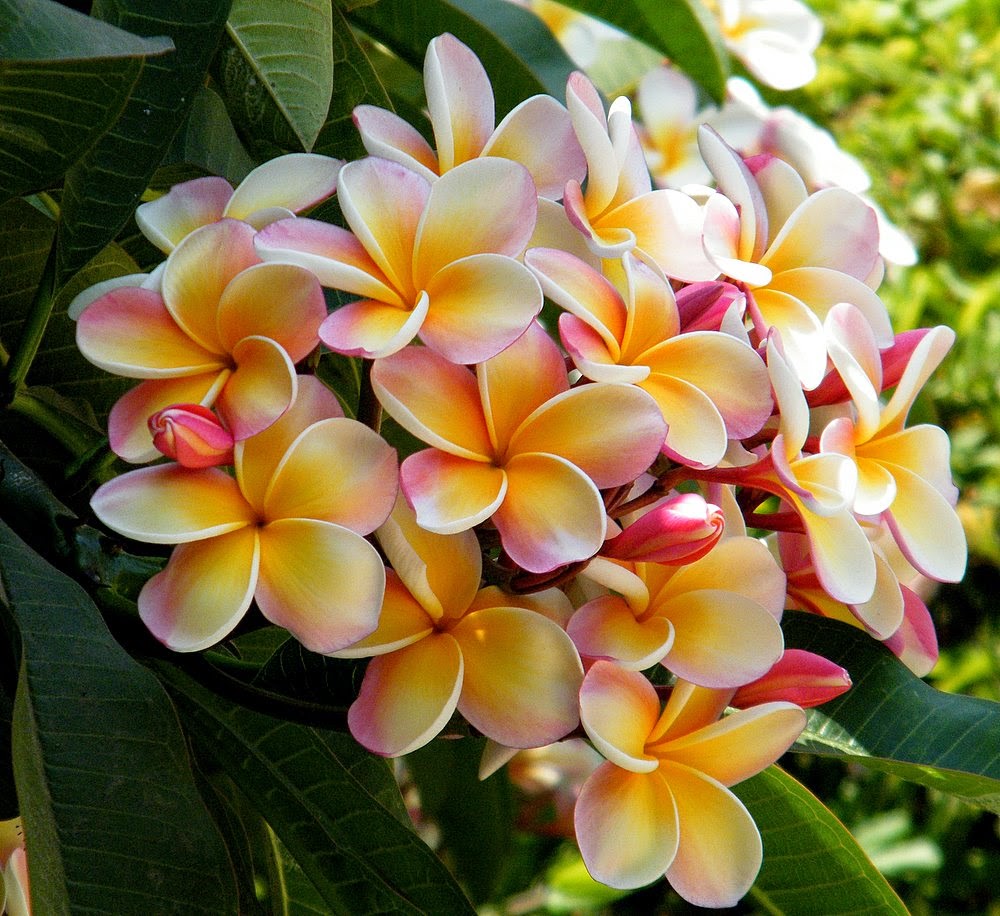Plumeria, also known as frangipani, is a stunning tropical plant that has captured the hearts of many gardening enthusiasts in Florida. With its vibrant blooms and enchanting fragrance, plumeria adds a touch of paradise to any landscape. In this article, we will explore everything you need to know about growing and caring for plumeria in Florida, including its ideal growing conditions, care requirements, and common pests and diseases.
Whether you are a seasoned gardener or a novice looking to enhance your garden, understanding how to cultivate plumeria can help you create a beautiful and fragrant outdoor space. This guide will delve into the various aspects of plumeria cultivation and maintenance, ensuring that your plants thrive in the warm Florida climate.
From selecting the right varieties to understanding watering and fertilization needs, we aim to provide you with expert insights that will encourage success in your gardening endeavors. Let’s dive into the wonderful world of plumeria and discover how to grow and care for this tropical gem!
Table of Contents
- 1. Overview of Plumeria
- 2. Ideal Growing Conditions for Plumeria in Florida
- 3. Planting Plumeria: A Step-by-Step Guide
- 4. Care Requirements for Healthy Plumeria
- 5. Common Pests and Diseases of Plumeria
- 6. Fertilizing Your Plumeria for Optimal Growth
- 7. Harvesting Plumeria Flowers
- 8. Conclusion
1. Overview of Plumeria
Plumeria belongs to the Apocynaceae family and is native to tropical regions of the Americas, including Florida. Its stunning flowers come in various colors, including white, yellow, pink, and red, making it a popular choice for gardens and landscapes. The plant can grow as a shrub or small tree, reaching heights of up to 30 feet under optimal conditions.
Plumeria is not only admired for its beauty but also for its fragrant flowers, which are often used in traditional Hawaiian leis. The blooms typically appear in clusters and can last for several days. This plant thrives in warm climates, making Florida an ideal location for its growth.
Personal Data and Biodata of Plumeria
| Common Name | Plumeria |
|---|---|
| Scientific Name | Plumeria spp. |
| Family | Apocynaceae |
| Native Region | Tropical Americas |
| Height | Up to 30 feet |
| Flower Colors | White, yellow, pink, red |
2. Ideal Growing Conditions for Plumeria in Florida
To successfully grow plumeria in Florida, it is essential to replicate its natural tropical environment. Here are the key growing conditions to consider:
- Sunlight: Plumeria requires full sun for at least 6-8 hours a day to thrive. Choose a location that receives ample sunlight.
- Soil: Well-draining soil is crucial. A sandy or loamy soil mix with good drainage will help prevent root rot.
- Temperature: Plumeria grows best in temperatures between 65°F to 85°F. It is important to protect the plant from frost.
- Humidity: While plumeria enjoys humidity, it can adapt to lower levels. However, providing some humidity will promote better growth.
3. Planting Plumeria: A Step-by-Step Guide
Planting plumeria is a straightforward process. Here are the steps to follow:
- Select a healthy cutting: Choose a plumeria cutting that is at least 12 inches long and has a few nodes.
- Allow the cutting to dry: Place the cutting in a dry, shaded area for 2-3 days to allow the cut end to callous.
- Prepare the planting site: Ensure the soil is well-draining and amend it with sand or perlite if necessary.
- Plant the cutting: Dig a hole about 6 inches deep, place the cutting in the hole, and cover it with soil.
- Water lightly: Water the cutting lightly, ensuring not to overwater it.
4. Care Requirements for Healthy Plumeria
Once planted, plumeria requires proper care to flourish:
- Watering: Water the plant regularly, allowing the soil to dry out between waterings. In the rainy season, reduce watering.
- Pruning: Prune dead or unhealthy branches to promote healthy growth and airflow.
- Mulching: Apply mulch around the base to retain moisture and regulate soil temperature.
5. Common Pests and Diseases of Plumeria
Plumeria can be susceptible to pests and diseases. Here are some common issues to watch for:
- Aphids: These small insects can cause damage to new growth. Use insecticidal soap to control them.
- Mealybugs: These pests appear as white cottony masses. Treat with neem oil or rubbing alcohol.
- Root rot: Caused by overwatering, ensure proper drainage to prevent this issue.
6. Fertilizing Your Plumeria for Optimal Growth
Fertilization is essential for promoting healthy growth and blooms. Here’s how to fertilize your plumeria:
- Choose the right fertilizer: Use a balanced fertilizer with a ratio of 10-30-10 or a slow-release fertilizer.
- Frequency: Fertilize every 4-6 weeks during the growing season (spring and summer).
- Application: Follow the manufacturer’s instructions for application rates and methods.
7. Harvesting Plumeria Flowers
Plumeria flowers can be harvested for various uses, including making leis and floral arrangements. Here’s how to harvest:
- Timing: Harvest flowers in the morning when they are fresh and fully open.
- Cutting: Use clean, sharp scissors to cut the flower stem, leaving some length for arrangements.
- Storage: Place harvested flowers in water immediately to keep them fresh.
8. Conclusion
In conclusion, growing plumeria in Florida can be a rewarding experience for gardeners. By understanding the ideal growing conditions, care requirements, and potential challenges, you can cultivate a thriving plumeria plant that will bring beauty and fragrance to your outdoor space. Start your plumeria journey today and enjoy the tropical paradise in your own backyard!
We encourage you to leave your comments below, share this article with fellow gardening enthusiasts, and explore more articles on our site for additional gardening tips and insights.
Thank you for reading! We hope you found this guide helpful and look forward to seeing you back on our site for more valuable gardening information.



